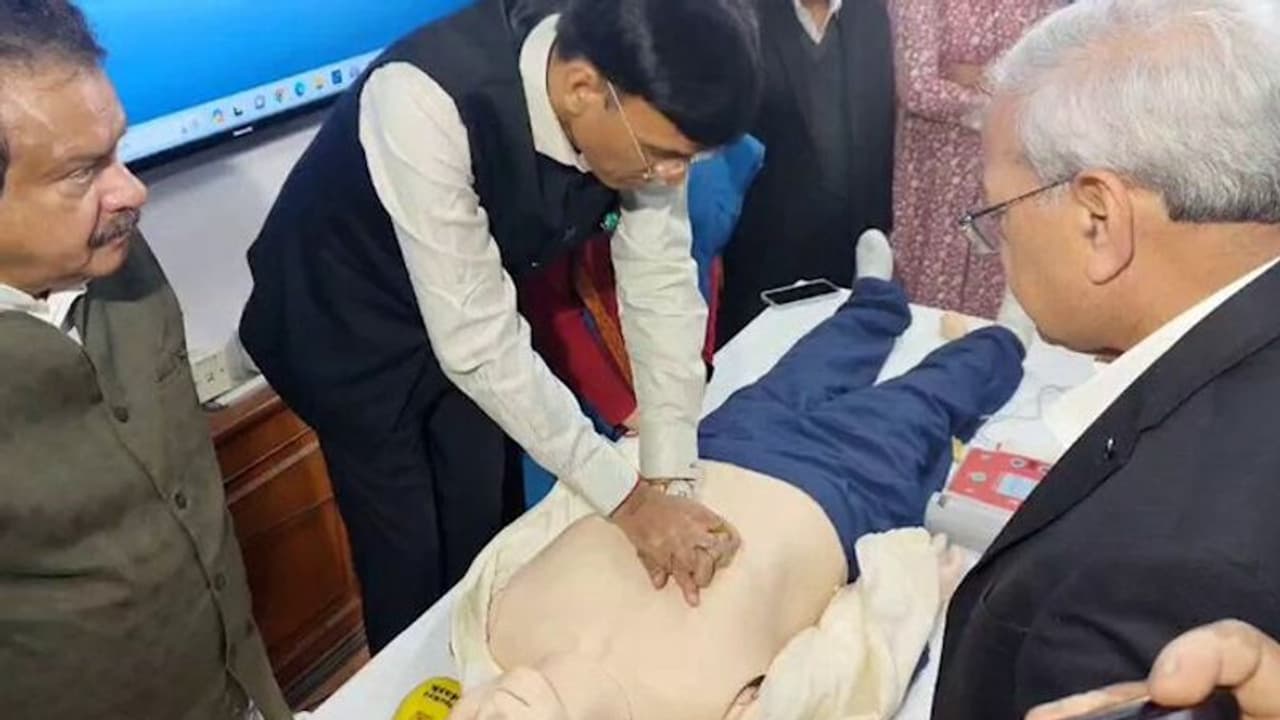Cardiopulmonary resuscitation (CPR) is a life-saving technique used to maintain blood circulation in the body until professional help arrives. It involves administering 30 compressions followed by two breaths to ensure the victim's chest rises and they continue breathing.
Cardiopulmonary resuscitation (CPR) is a life-saving technique employed during emergencies if someone's heart stops beating or breathing ceases. It is a vital intervention as it helps maintain blood circulation and keeps the person alive until professionals arrive.
The Ministry of Health recently posted on X (formerly Twitter) about the importance of CPR and how it can be a lifesaver in an emergency. Along with the caption, there is also a link to a YouTube video of a CPR guide.
The post stated, "Quick action and proper technique can significantly increase the chances of survival for someone experiencing cardiac arrest. Learn CPR to save someone’s life in an emergency situation."
Following is a step-by-step guide on how to perform CPR (adults) safely:
1. Open airway: Tilt the head back gently and lift the chin up to open the airway.
2. Check for breathing: Observe closely if the victim is breathing or not. If not then CPR needs to be performed.
3. Start chest compression: Place the heel of one hand on the centre of the chest and the other on top. Lock your elbows and make sure you use your upper body weight to compress the chest. One needs to compress at a rate of 100-120 compressions per minute. Let the chest recoil fully between the compressions.
4. Rescue breaths: Complete 30 compressions and then give two breaths by pinching the victim's nose and creating a seal over their mouth. Give a breath that makes their chest rise and ensure each breath lasts around 1 second.
5. Continue CPR: After every 30 compressions, give two breaths until help arrives or the victim starts breathing.
If ever in an emergency situation like this, do not forget to call emergency services such as 100 (Police), 108 (Ambulance), and 112 (Emergency Response Support System).
Also Read: Ministry of Health: What is antimicrobial resistance and how to prevent it?
Also Read: How to prevent heat-related illnesses during Indian summers: Ministry of Health
